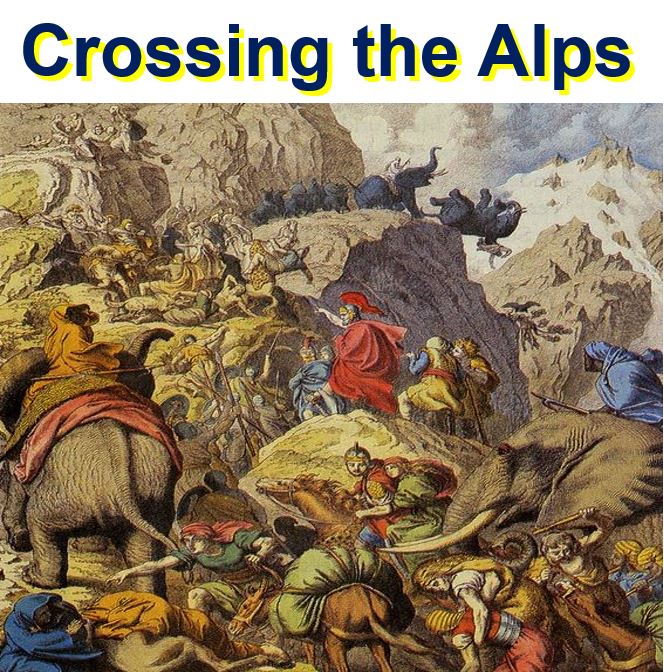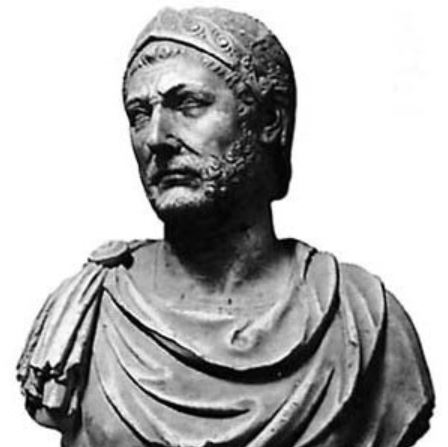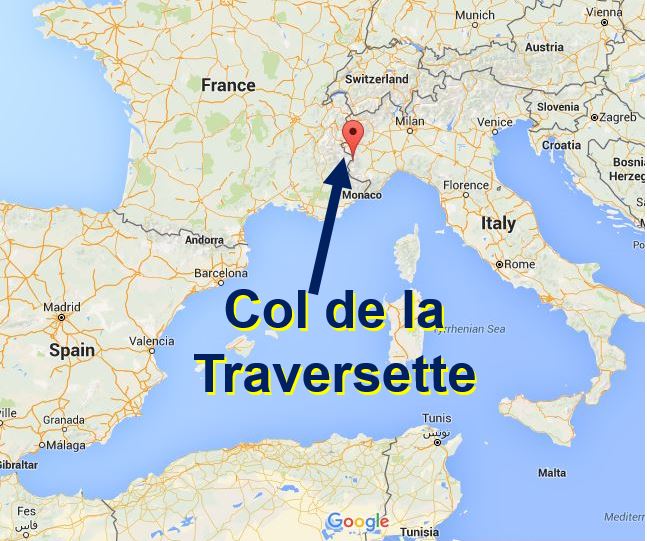After centuries of disagreements regarding Hannibal’s route across the Alps, an international team of scientists has managed to trace his precise path by literally following the animal manure. The answer to the 2,000-year-old mystery was all in the dung, said researchers from Northern Ireland, the Republic of Ireland, England, Portugal, Canada, the USA, France and Estonia.
Microbiologists based at the Institute for Global Food Security and School of Biological Sciences at Queen’s University Belfast have this week released the results of the international study.
Hannibal Barca (247 – between 183 & 181 BC), was a Punic military commander from Carthage, and generally considered one of the greatest military commanders in history.
 Hannibal, his 30,000 men, 15,000 horses and mules, and 37 elephants crossing the Alps. (Image: Wikipedia)
Hannibal, his 30,000 men, 15,000 horses and mules, and 37 elephants crossing the Alps. (Image: Wikipedia)
Crossed the Alps to fight the Romans
Hannibal led his troops – 30,000 men, 37 elephants, 15,000 horses and mules- across the Alps to invade Italia. He brought the Roman army to its knees.
Even though he was eventually defeated at Zama in 202 BC, his campaign is regarded by historians as one of the most brilliant military endeavours of antiquity. These events ultimately shaped the future Roman Republic, eventually with Caesar morphing into the Empire, and consequently into the European civilisation as we know it today.
For more than two thousand hears, academics, historians and statesmen have argued about Hannibal’s route across the Alps.
Nobody could say with absolute certainty which way he came – there was simply no compelling archaeological evidence – that is, until now.
Hannibal’s route – solid evidence
This week, Dr. Chris Allen, a microbiologist from Queen’s University, and colleagues explained in the journal Archaeometry (citation below) that they now have solid evidence for the most likely transit route that took Hannibal’s army across the Alps via the Col De La Traversette pass (~3000 m).
 According to biography.com: “Hannibal, general of the Carthaginian army, lived in the second and 3rd century B.C. He was born into a Carthaginian military family and made to swear hostility toward Rome. During the Second Punic War, Hannibal swept across southern Europe and through the Alps, consistently defeating the Roman army, but never taking the city itself. Rome counterattacked and he was forced to return to Carthage where he was defeated.” (Image: romancrisis.wikispaces.com)
According to biography.com: “Hannibal, general of the Carthaginian army, lived in the second and 3rd century B.C. He was born into a Carthaginian military family and made to swear hostility toward Rome. During the Second Punic War, Hannibal swept across southern Europe and through the Alps, consistently defeating the Roman army, but never taking the city itself. Rome counterattacked and he was forced to return to Carthage where he was defeated.” (Image: romancrisis.wikispaces.com)
Team leader, Professor Bill Mahaney, from York University in Toronto, Canada, said that this crossing point was first proposed more than fifty years ago by Sir Gavin de Beer, (1899-1972), a British evolutionary embryologist who was Director of the British Museum. However, his suggestion was not widely accepted by the academic community.
In this latest study, researchers used a combination of microbial metagenome analysis, pollen analyses, environmental chemical, geomorphic and pedological investigation, as well as several other geophysical techniques.
They managed to show that a ‘mass animal deposition’ event occurred near the Col de la Traversette – that can be directly dated to about 218 BC.
Dr. Allen said:
“The deposition lies within a churned-up mass from a 1-metre thick alluvial mire, produced by the constant movement of thousands of animals and humans. Over 70 per cent of the microbes in horse manure are from a group known as the Clostridia, that are very stable in soil – surviving for thousands of years.”
“We found scientifically significant evidence of these same bugs in a genetic microbial signature precisely dating to the time of the Punic invasion.”
 Col de la Traversette is a high mountain pass located in the Cottian Alps, a mountain range in the southwestern part of the Alps, on the French–Italian border. (Image: Google Maps)
Col de la Traversette is a high mountain pass located in the Cottian Alps, a mountain range in the southwestern part of the Alps, on the French–Italian border. (Image: Google Maps)
In an Abstract in the journal, the authors wrote:
“The results reported here constitute the first chemical and biological evidence of the passage of large numbers of mammals, possibly indicating the route of the Hannibalic army at this time.”
“Combined with the geological analysis reported in Part I, these data provide a background supporting the need for further historical archaeological exploration in this area.”
Citation: “Biostratigraphic Evidence Relating to the Age-Old Question of Hannibal’s Invasion of Italy, II: Chemical Biomarkers and Microbial Signatures,” Mahaney, W. C., Allen, C. C. R., Pentlavalli, P., Kulakova, A., Young, J. M., Dirszowsky, R. W., West, A., Kelleher, B., Jordan, S., Pulleyblank, C., O’Reilly, S., Murphy, B. T., Lasberg, K., Somelar, P., Garneau, M., Finkelstein, S. A., Sobol, M. K., Kalm, V., Costa, P. J. M., Hancock, R. G. V., Hart, K. M., Tricart, P., Barendregt, R. W., Bunch, T. E., and Milner, M. W. Archaeometry. 16 March, 2016. DOI: 10.1111/arcm.12228.
Video – Hannibal: Rome’s Worst Nightmare
This is the second of two BBC videos. Hannibal is 100 miles from Rome. Hannibal was bound as a child by oath to avenge the wrongs inflicted on his home, Carthage in North Africa – the empire that ruled the Mediterranean before Rome took its crown. Hannibal Barca was the mastermind of what many historians claim was the most audacious military move in history – destroying the Roman myth of invincibility by defeating the mighty nation and army three times.
